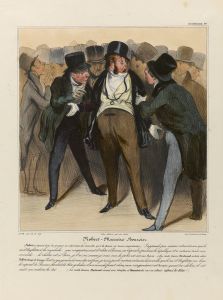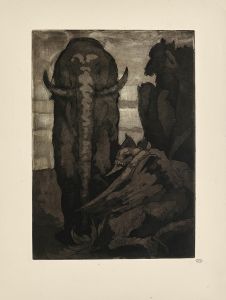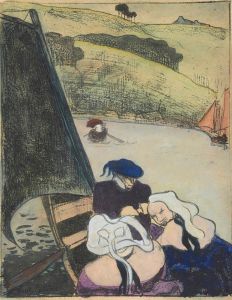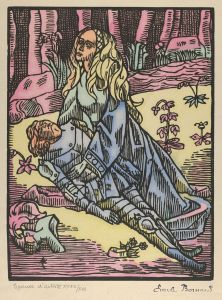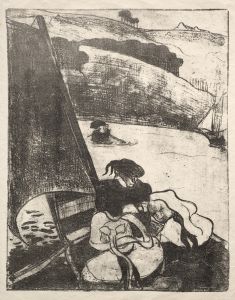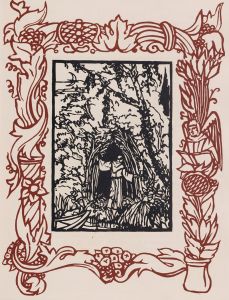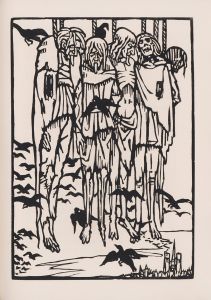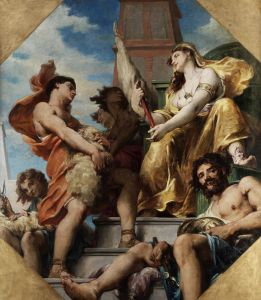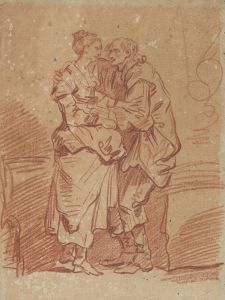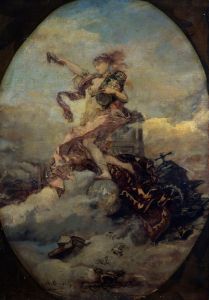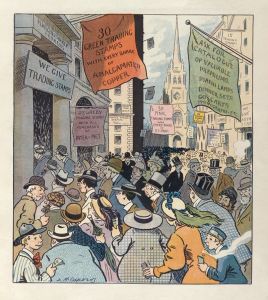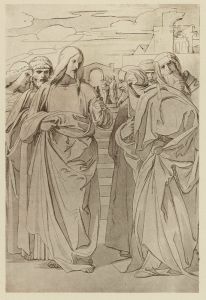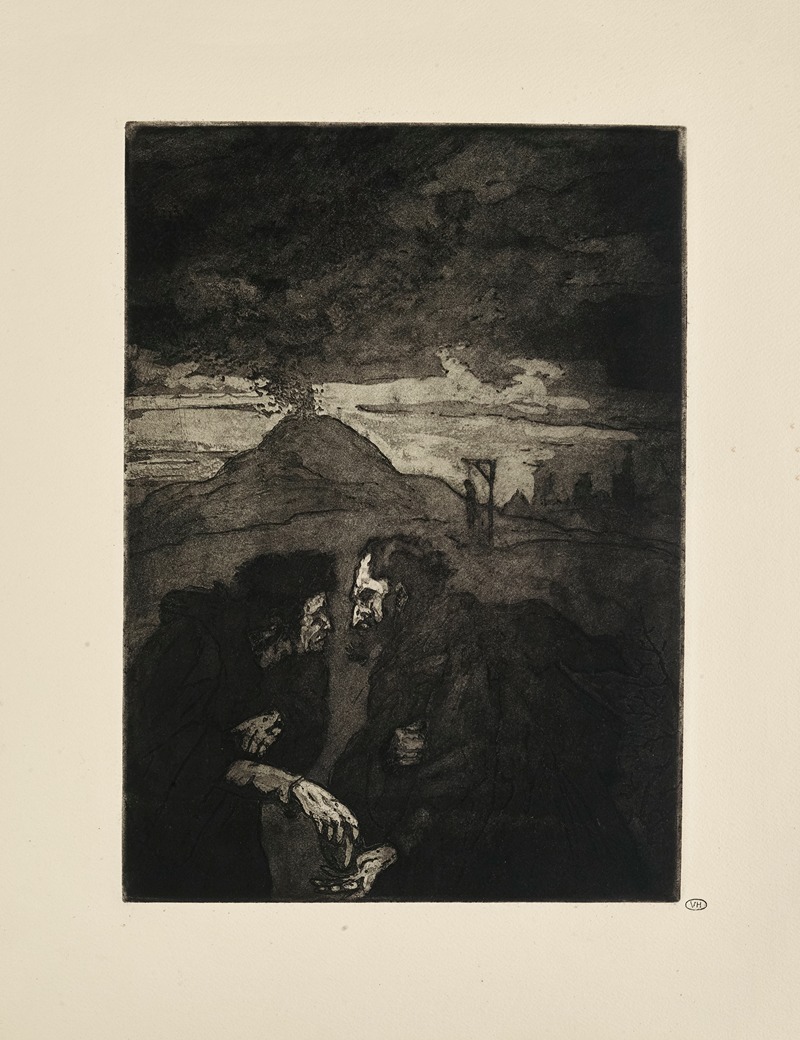
N° 30 – Voici l’argent
A hand-painted replica of Emile Bernard’s masterpiece N° 30 – Voici l’argent, meticulously crafted by professional artists to capture the true essence of the original. Each piece is created with museum-quality canvas and rare mineral pigments, carefully painted by experienced artists with delicate brushstrokes and rich, layered colors to perfectly recreate the texture of the original artwork. Unlike machine-printed reproductions, this hand-painted version brings the painting to life, infused with the artist’s emotions and skill in every stroke. Whether for personal collection or home decoration, it instantly elevates the artistic atmosphere of any space.
N° 30 – Voici l’argent is a painting by the French artist Émile Bernard, who was an influential figure in the Post-Impressionist movement. Bernard was born on April 28, 1868, in Lille, France, and became known for his innovative contributions to modern art, particularly through his association with other prominent artists such as Paul Gauguin and Vincent van Gogh.
Émile Bernard's work is characterized by his exploration of color, form, and symbolism, which were central to the Post-Impressionist movement. This movement emerged as a reaction against the naturalism of Impressionism, seeking instead to emphasize abstract qualities and symbolic content. Bernard played a crucial role in the development of Synthetism, a style that sought to synthesize form and color to express deeper meanings.
N° 30 – Voici l’argent is one of Bernard's notable works, although specific details about the painting's creation, such as the exact year it was painted, are not widely documented. The title, which translates to "Here is the Money" in English, suggests a thematic exploration of financial or economic themes, a subject that Bernard occasionally touched upon in his work.
Bernard's artistic journey was marked by his travels and interactions with other artists. He spent time in Pont-Aven, Brittany, where he collaborated with Paul Gauguin. This period was crucial for both artists, as they developed the Synthetist style, characterized by bold colors, simplified forms, and a focus on conveying emotional and spiritual truths rather than mere visual accuracy.
Throughout his career, Bernard's work evolved, reflecting his diverse interests and influences. He was not only a painter but also a writer and theorist, contributing to the discourse on art through his essays and correspondence with other artists. His theoretical writings often delved into the philosophical underpinnings of art, exploring the relationship between form, color, and meaning.
Despite his significant contributions to modern art, Bernard's reputation was somewhat overshadowed by his contemporaries, particularly Gauguin and van Gogh. However, his work has gained recognition over time, and he is now regarded as a key figure in the transition from Impressionism to the more abstract and symbolic approaches of the early 20th century.
N° 30 – Voici l’argent, like many of Bernard's works, exemplifies his commitment to exploring complex themes through innovative artistic techniques. While specific details about the painting's provenance and current location may not be readily available, its existence contributes to the broader understanding of Bernard's impact on the art world.
In summary, Émile Bernard's N° 30 – Voici l’argent is a testament to his role in the Post-Impressionist movement and his exploration of themes that resonate with the human experience. His legacy endures through his paintings and writings, which continue to inspire and influence artists and art historians alike.





